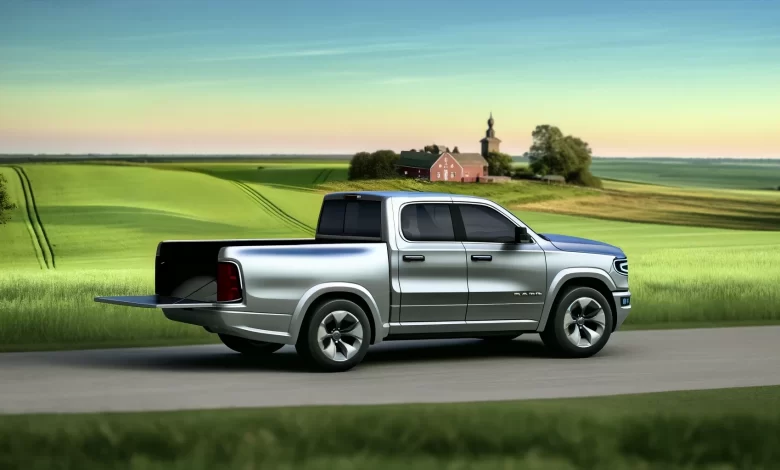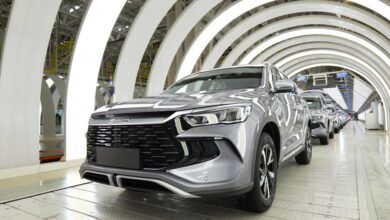The Electric Vehicle Industry Needs Rural-Friendly Models for Widespread Adoption or Risk Missing Out on Full Market Potential

As the electric vehicle (EV) industry continues to expand, a pressing issue emerges regarding the diversity of EV models available compared to conventional vehicles. With over 250 conventional vehicle models available, consumers have a wide array of options that align closely with their specific transportation needs. However, the EV market in the United States has predominantly focused on midsize SUVs and performance cars, potentially overlooking the varied requirements of American drivers, especially those in rural areas where vehicles like pickup trucks are not just a convenience but a necessity.
How can the EV industry better align its offerings to meet the diverse needs of all consumers?
Dr. Dave Tuttle, a research associate at the Energy Institute at the University of Texas at Austin provides insightful analysis on the current state and future potential of the EV market on a captivating episode of Expert’s Talk. Dr. Tuttle focuses on diversifying EV types to cater to a broader range of consumer needs, including those in rural and expansive regions of the U.S.
Key takeaways from Tuttle’s analysis include:
- Diversity in EV Models: The current EV market is limited primarily to midsize SUVs and performance cars, which may not suit the transportation requirements of all consumers, particularly in varied geographic and usage contexts.
- Consumer-Centric Approach: There is a pressing need for the EV industry to adopt a more consumer-centric approach by introducing models that align with the specific use cases of different demographic segments, similar to the conventional vehicle market.
- Example of Innovation: The forthcoming Ramcharger 1500 plug-in hybrid exemplifies how the industry can innovate. With a 146-mile electric range and a total range of 600 miles, plus a 14,000-pound towing capacity, it addresses common concerns such as range anxiety and utility for rural consumers.
- Electrification Without Compromise: Offering vehicles like the Ramcharger allows consumers to enjoy the benefits of electrification (e.g., lower costs per equivalent gallon of gasoline) without sacrificing performance or convenience, particularly in towing and long-distance travel.
- Strategic Implications: Expanding the mix of EV types will be crucial for the industry not only to meet consumer demands but also to ensure the broader adoption of electric vehicles across different regions and use cases.
Article written by Sonia Gossai




